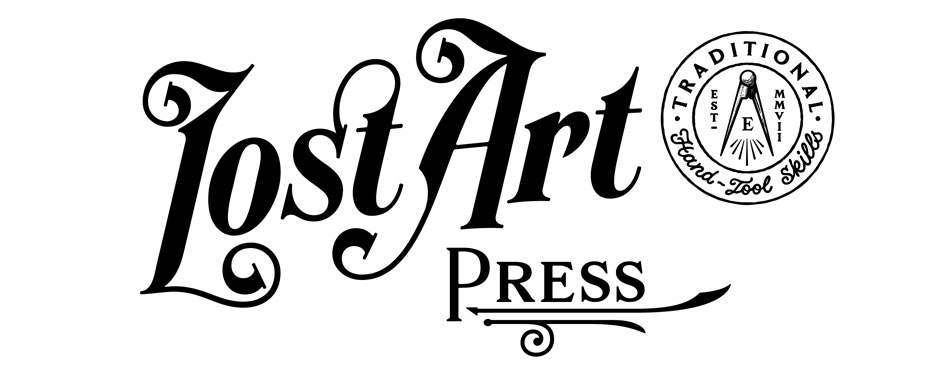John and I are quite particular about how our books are made and spend a lot of time and money on details that most readers don’t notice. We want our books to be able to survive floods, attacks by babies and dogs and – most of all – time.
There are an enormous number of manufacturing steps our books have to go through, especially compared to digital, print-on-demand (POD) publishing. While POD is good for some things, such as bind-ups of classroom material, it has a long way to go to compete with traditional printing and binding.
And so we stick with the time- and labor-intensive methods for our books.
In late September, John and I visited one of the plants where our color books are printed on sheet-fed presses. Our black-and-white books, in contrast, are printed on web press. The difference between the two is somewhat akin to the difference between paper being fed into a photocopier (sheet-fed) or printing out your book on an enormous roll of butcher’s paper or paper towels (web press).
The above is a short peek at the process a typical book goes through. Note that I’ve left a lot of steps out and simplified things (so if you are in the printing industry, forgive me). It took two full days to tour the plant, so 5 minutes of video is going to leave out some details.
Thanks to Jostens of Clarksville, Tenn., for opening their doors to us and allowing us to photograph anything we please. And thanks to Phil Nanzetta of Signature Book who purchases most of our printing for us and helped arrange the visit.
— Christopher Schwarz


 “
“





